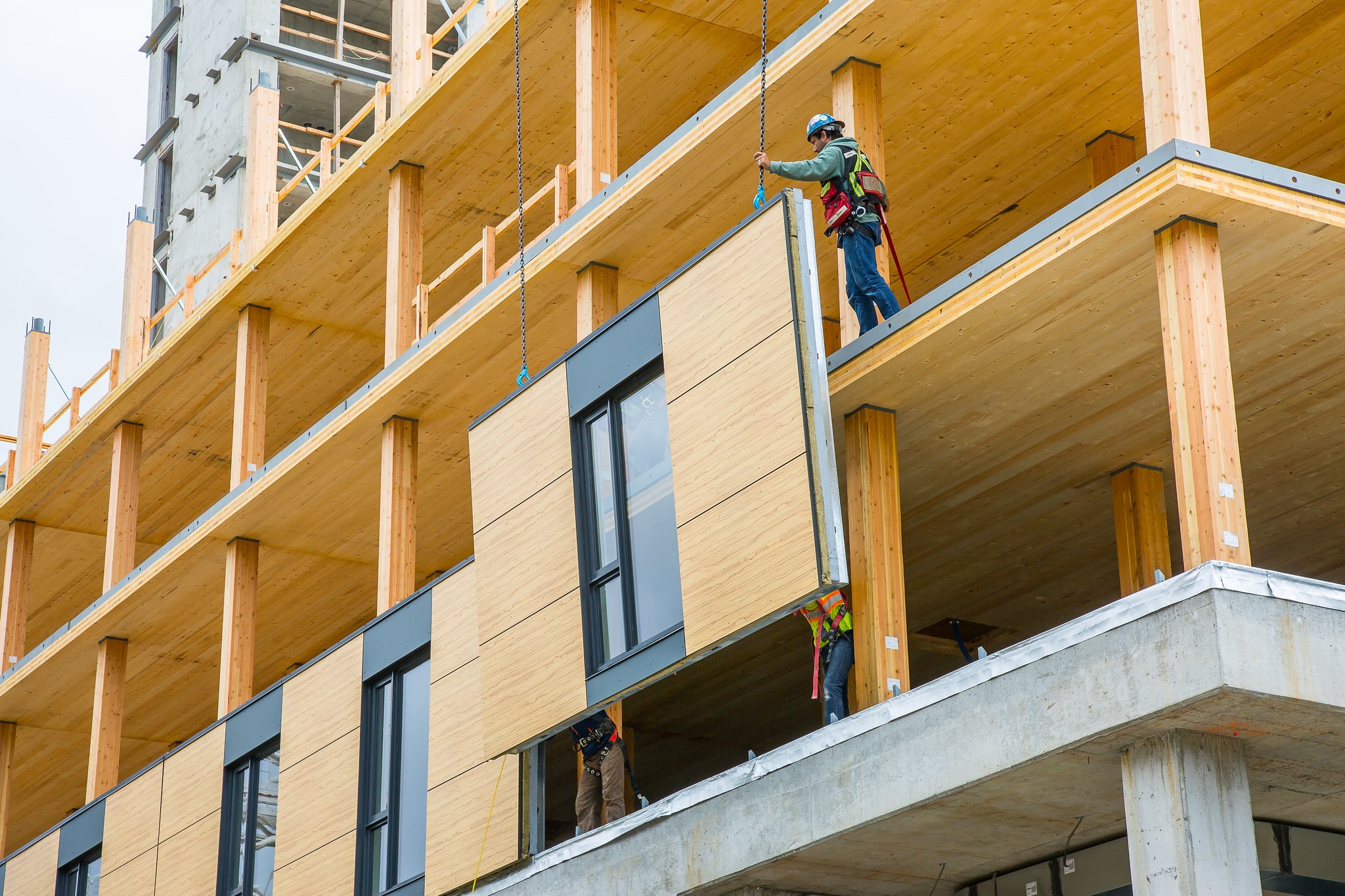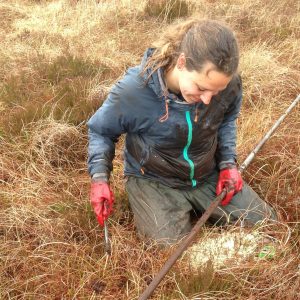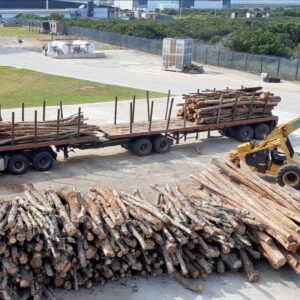Storage of CO₂ in buildings

Storage of CO₂ in buildings
Search for a recognized method for certification
One of the ways to keep CO₂ out of the atmosphere is to store this greenhouse gas in buildings for a long period of time. The big question is how to measure and monitor this storage in a reliable way. A group of 70 experts is looking into this issue to support DG Clima of the European Commission in developing rules for an EU-recognized certification method. In turn, Partners for Innovation and Wageningen University are helping this expert group to bundle knowledge and insights, analyse existing methodologies, select best practices and dig into all open questions and discussion points.
The driving force behind this project is the Carbon Removals Certification Framework (CRCF). This European regulation aims to develop the best methodologies for certifying carbon removal. This framework focuses on three ways of biogenic carbon removal: via natural storage in trees and forests, via carbon farming and via storage in buildings.
Long-term storage in buildings
The long-term biobased storage of CO₂ in buildings mainly involves wood. Other building materials such as straw, hemp, (bio)plastics, minerals and rocks are not excluded but seem to be less suitable for long-term and large-scale carbon storage at this moment.
Currently, there are more than 30 calculation and certification methods in circulation. We have analysed these to determine which elements of the methods work best and can be combined into reliable, usable certification methods. The expert group is now discussing further questions that cannot yet be answered with existing solutions. The discussions are divided into four categories of questions:
- How do you quantify the amount of CO₂ that is stored? Which emissions during the construction and production process should be deducted from the certified amount? How do you deal with uncertainties and how do you prevent double counting?
- Does the certified storage contribute additionally compared to a construction project without the certified storage? How do you prove that?
- How long should CO₂ be stored and what if, for example, the CO₂ is released prematurely due to fire? How do you check over decades whether the same certified carbon is still stored in the building?
- Is sustainability of the materials and the building sufficiently guaranteed? How can the method be brought into line with legislation against deforestation and nature restoration?
At the end of 2023 and in April 2024, expert meetings were held on this subject in Brussels. The report ‘Technical Assessment of certification methodologies’, written in March 2024, provides answers to these questions and provides advice on how to move forward. In mid-2024, DG Clima gave the green light for a follow-up project.
Storage in soil and trees
In addition to storage in buildings, the experts who are involved in natural storage in trees and forests also receive support from us, WUR and Climate Neutral Group (CRETA).
Want to know more? Contact Jannes Nelissen.
Other
projects
Want to
know more?
Contact us!




